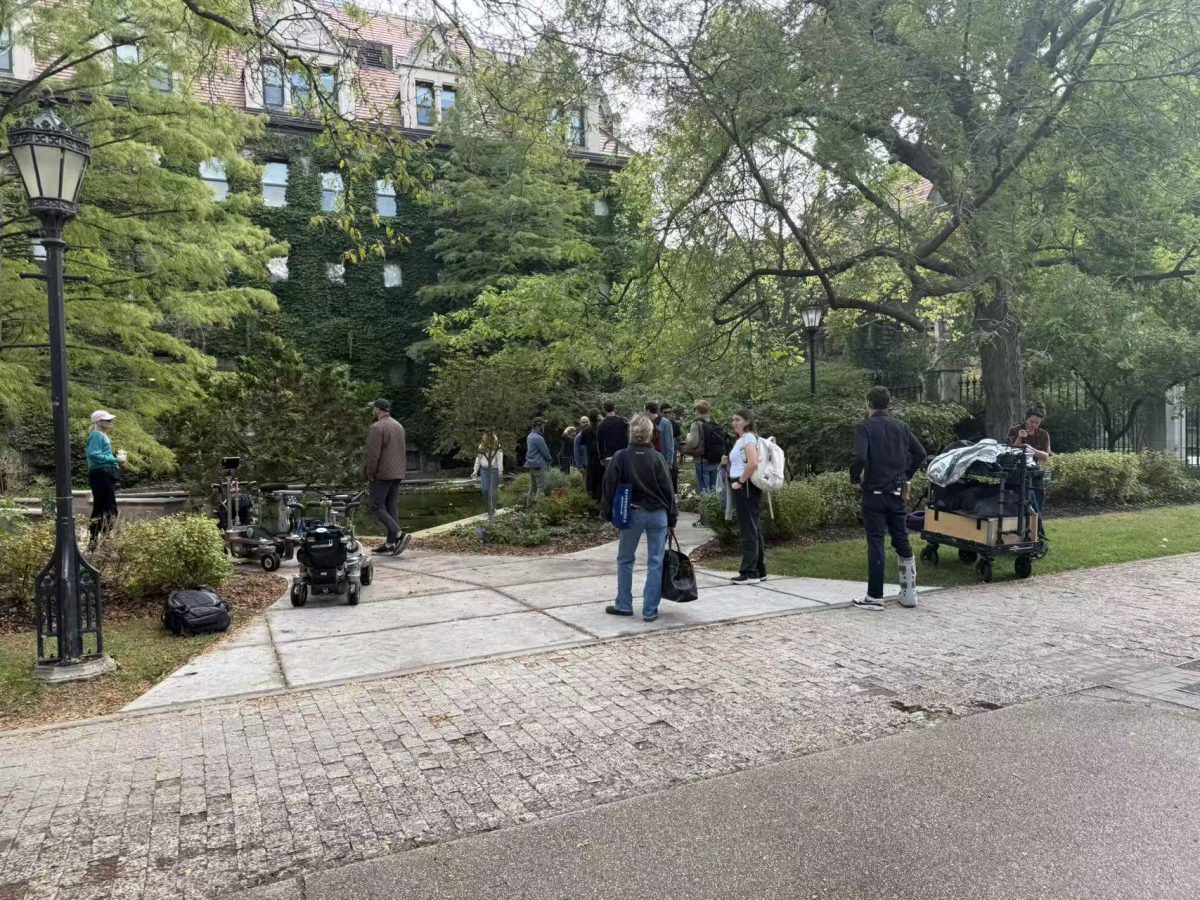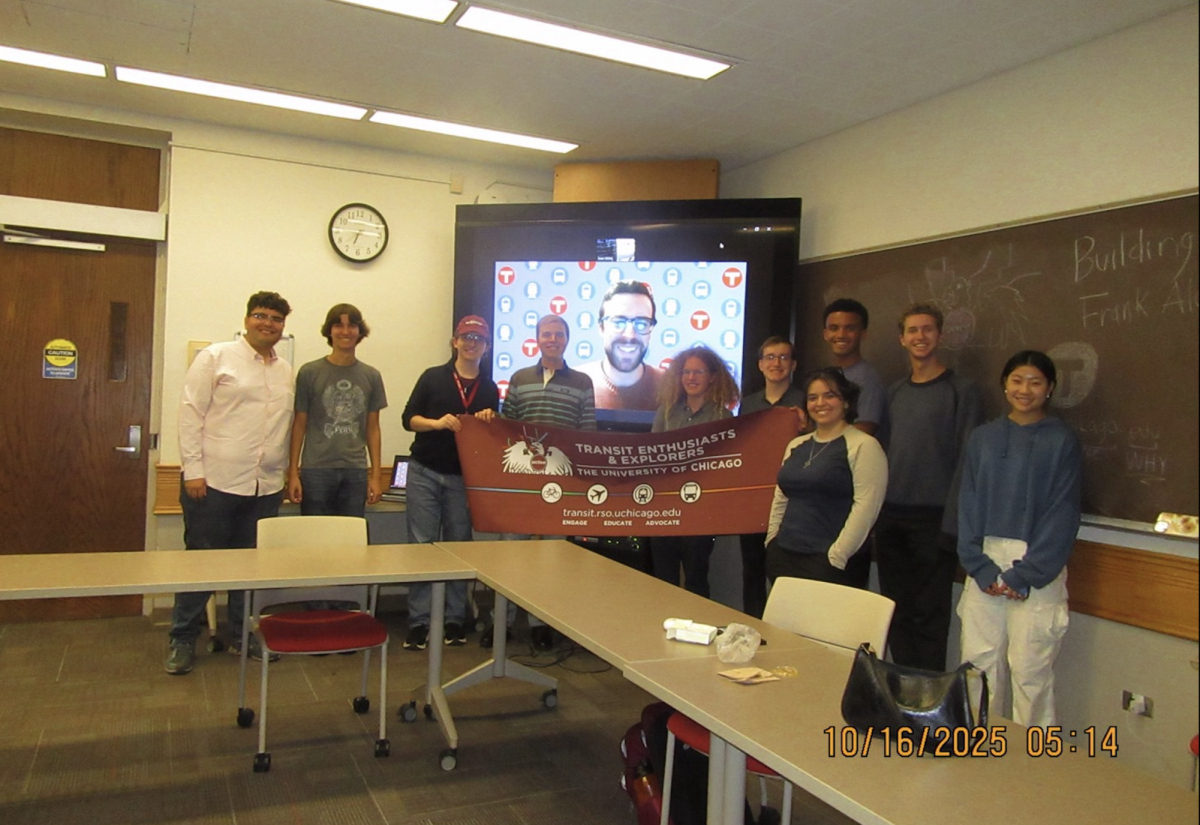The University of Chicago’s College and graduate schools have reached one of their busiest times of the year between planning events for prospective students and orientation in the fall. The departments plan visiting and orientation events differently to fit students’ academic responsibilities and interests.
Campus and Student Life News Officer Mary Abowd said that all the graduate divisions have their own orientation events and information sessions, apart from the University-wide orientation. “[E]very division does things differently when it comes to student visits to campus,” she said. “Many potential graduate students approach a particular department or school directly.”
The College Admissions Office works with the College Programming Office (CPO) to welcome prospective and admitted students. Generally, the Admissions Office schedules student visits and tours for students of all ages and grade levels and the CPO is responsible for planning and executing Orientation Week, which welcomes the incoming class of undergraduate and transfer students before the start of the fall quarter.
Although incoming graduate students may schedule visits with graduate divisions through the College Admissions Office, the graduate schools have separate admissions programs that are not affiliated with the College Programming Office.
The Booth School’s Evening and Weekend MBA Programs (E/W), for example, have their own orientation program called LAUNCH. This program was specifically built to accommodate the division’s rolling admissions system, which admits students before the beginning of every quarter.
Each orientation that is run through LAUNCH is three days long and happens five times annually. Jeremy Siefken, Assistant Director for Student Life at the Booth School, said that planning orientation for the program includes costs in catering, facilitators, personality assessments, an opening reception at Lucky Strike, and Booth gear.
Siefken said there are more academic requirements that incoming graduate students have to fulfill. “All E/W students have to complete a LEAD Course, and the majority of that requirement is satisfied through part-time students’ successful completion of LAUNCH… So, our incoming part-time students complete the MBTI and TKI personality assessments. They also are exposed to case studies and engage in a competition of sorts where they’re critiqued by alumni judges,” he said.
In relation to other undergraduate programs, Siefken said they are more community-based than graduate divisions and maintain a high degree of communication with students and residential workers. “The undergraduate programs I’ve managed have stretched more with the community of the institution, introducing the incoming group to opportunities. There has also been high touch with current students as well as residence life staff,” he said.
Novia Pagone, the Associate Dean of Students for the Institute of Molecular Engineering (IME), said that most orientation activities for graduate students are done online or situated on campus to accommodate students’ schedules.
“In terms of resources that we highlight, we want to cover a broad spectrum since graduate students may be married or have children. The goal of orientation is to set up our graduate students for success as they begin their studies and to ensure that they know how to access the resources they may need,” Pagone said.
Orientation planning for IME begins during spring quarter and continues into the early part of summer. According to Pagone, the cost of orientation and items for tours is approximately $8000 per year, and the department is planning to offer several webinars and online conferences.
The undergraduate and graduate admissions office may make financial accommodations for admitted students, but not every graduate department does. The Booth School does not pay for students, but IME provides hotel and travel expenses for students in addition to other services.
Elise MacArthur, who is a Ph.D. candidate in the archaeology department at the University, remembers her undergraduate orientation as being different from her graduate one and thinks that both programs have improved since then. “O-Week as an undergrad was a blast. I remember the dorm—specifically the RAs and RHs—being an integral part of the experience. We had O-Week leaders, and I was one the year after, who showed us around campus and the city. In terms of swag, they gave us a T-shirt. It was in 2003, though, and I think that things have gotten much fancier since then,” she said in a phone call.
As a grad student, she said that, “[t]here was a campus tour, but no further attempt to wine and dine us — this was in 2006 before the graduate initiative fund and 90 percent of us were entirely unfunded. There was no orientation that I can recall, except for a reception put on by my department… In terms of swag, I remember receiving a folder and a T-shirt.”
Adam Sargent, who is a Ph.D. candidate in anthropology, recalled his graduate experience as being classroom-oriented. “The prospective student activities that I remember were completely run through the department. I stayed with a current graduate student and my flight cost was reimbursed… [W]e got a chance to meet with professors, in-residence students and sit in on classes. These events gave me a chance to really get to know the professors, both through talking to them and talking to graduate students about them and also what the department was like,” Sargent said in an email.
University-wide orientation begins on Sunday, September 20.








